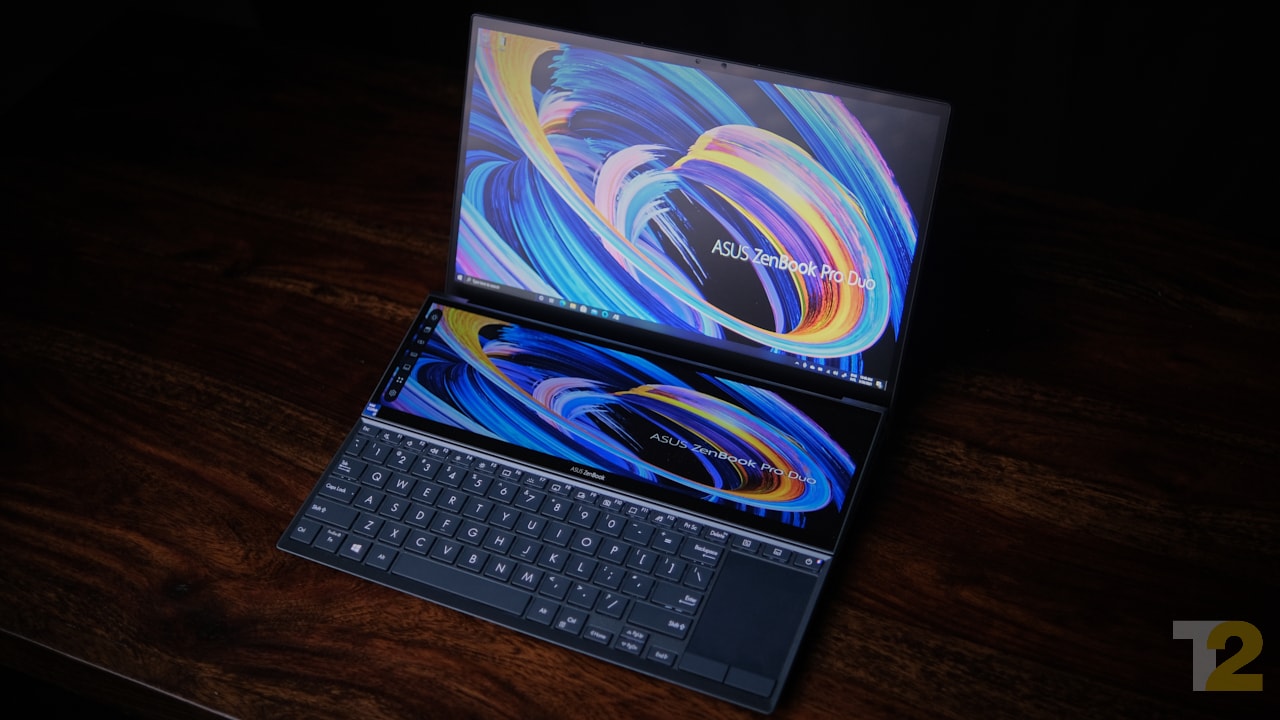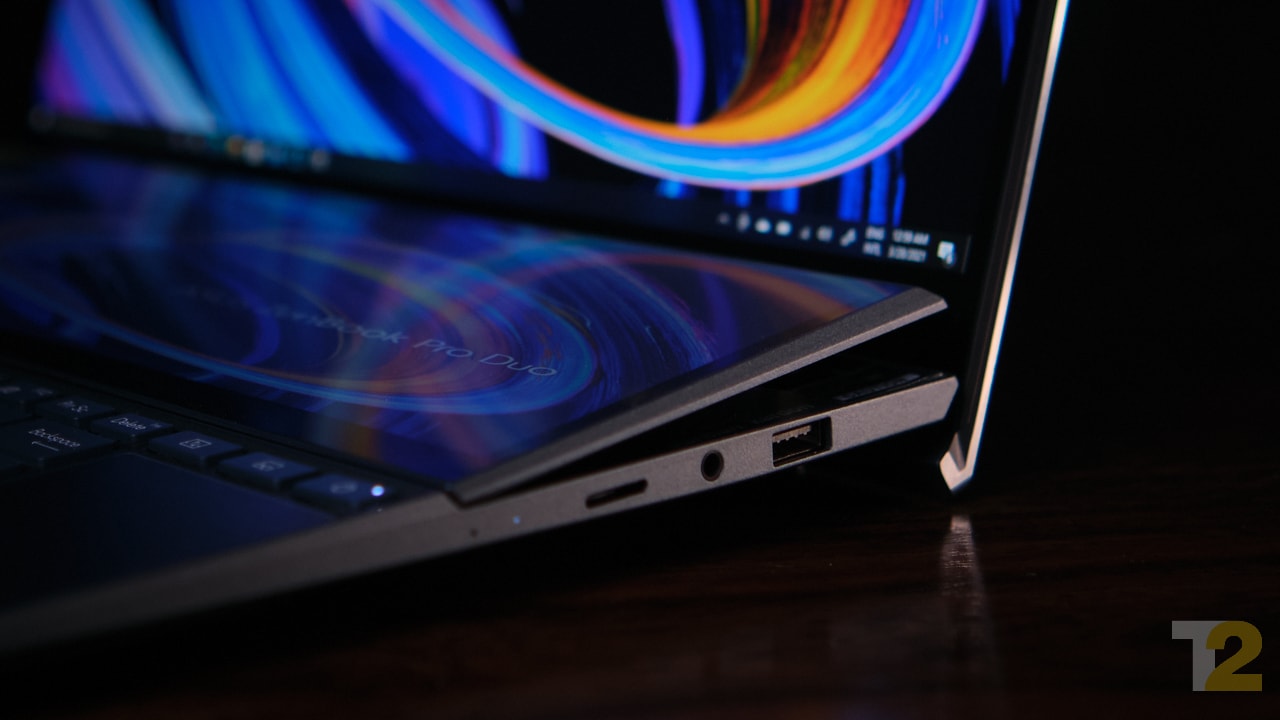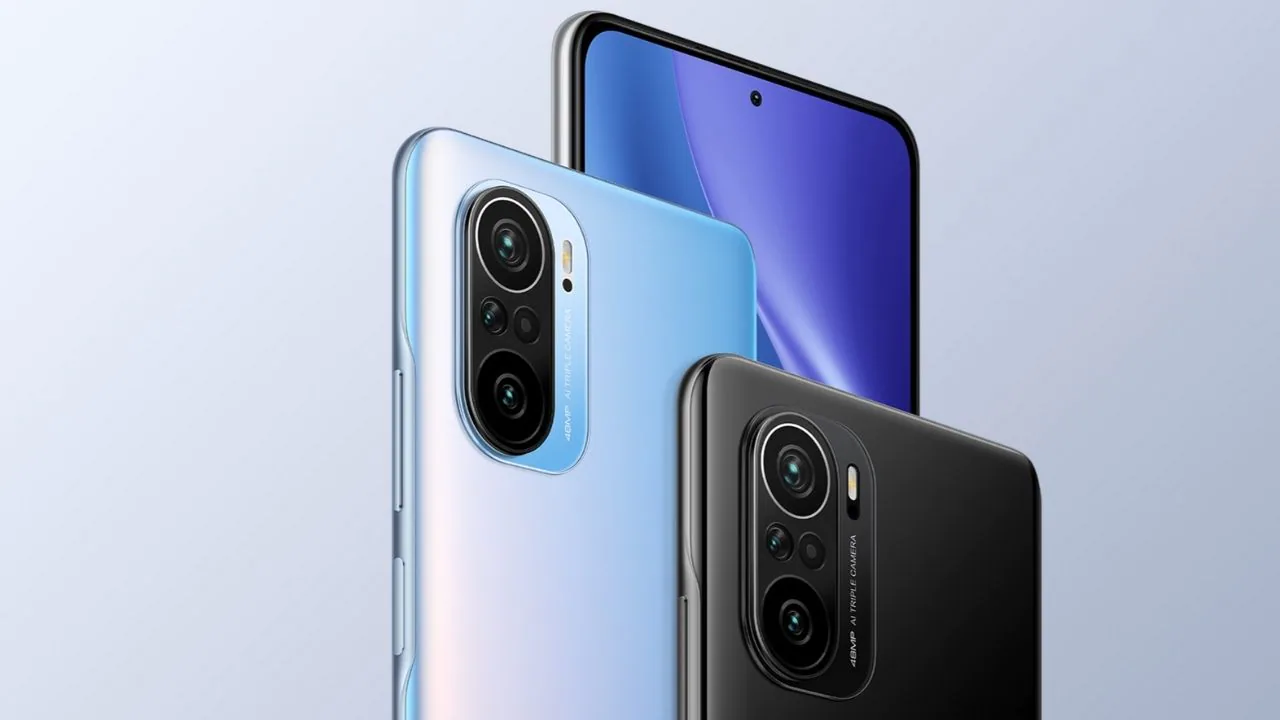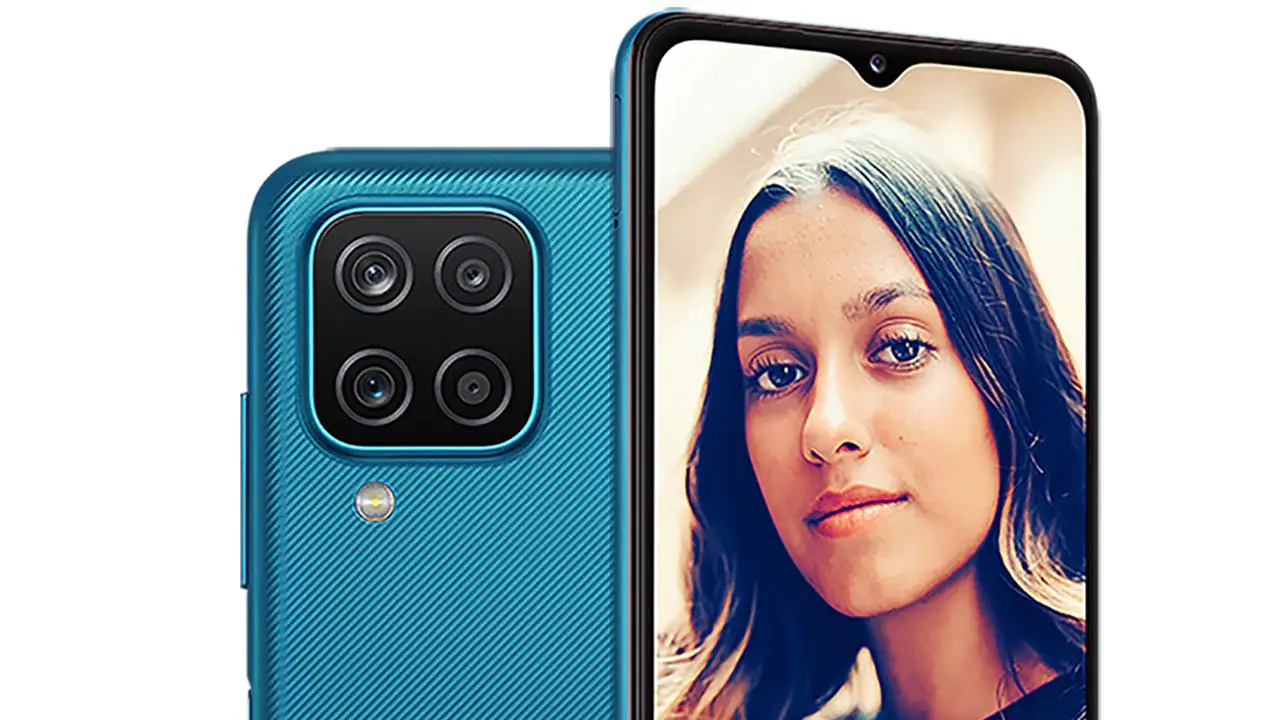Anirudh RegidiApr 21, 2021 11:00:59 IST
When I reviewed the ASUS ROG Zephyrus Duo 15 last year, I said, “I’m sold. I want dual screens on all my gaming laptops.” However, things are a little bit different with the brand-new ASUS ZenBook Pro Duo.
There’s nothing wrong with the Pro Duo. It’s as well-crafted and solidly built as any other premium laptop out there, and its specs are decent. That said, in this case, it feels like you’re forced to sacrifice too much in terms of ergonomics, just for the joy of using an additional half-size screen.
Use-case matters…
Why the difference in stances for what is essentially the same form factor? The difference is that the ROG Zephyrus Duo is a gaming laptop, while the ZenBook Pro Duo is a regular home/office laptop.
When it comes to a gaming laptop like the Duo, the priority is gaming (duh). That laptop is going to be plugged in and on a desk during use, and more importantly, you’re not going to be using that awkward trackpad for gaming.

The ZenBook Pro Duo features a secondary, half-height display that promises to transform your computing experience. Sadly, with a config that’s lacking the grunt to do any transforming, it’s hard to see the point of that display. Image: Anirudh Regidi
When gaming, there are certain apps and services that vastly improve your gaming/streaming experience. This includes (but is not limited to) chat apps such as Discord, streaming apps such as OBS, PC monitoring apps such as HWInfo and more. The reason these work so well on the ROG Duo is their purpose is to deliver information for monitoring purposes – you don’t need to interact with it. This is important because dual displays are not as simple to use as one might believe.
What are you going to monitor on the secondary display of a home/office laptop like the Pro Duo? With a GeForce MX450 inside, you’re not going to game, so you don’t need gaming apps. If you’re doing research, that secondary display is too small to read text on or for taking notes. If you want to use Excel sheets, be prepared to scroll endlessly.
Given the MX450 and low-power CPU, it’s hard to even label this a content creator’s machine. There’s simply not enough grunt for serious video editing or motion graphics and it’d be wiser to invest in a better GPU instead of that secondary display.
Ergonomics take a beating
To accommodate a secondary display, ASUS had to shift the keyboard to the bottom and the trackpad to the bottom right. On a desk (and if you’re using a mouse), this is acceptable. On your lap — whether in bed, in a car or even an airplane seat — it’s rather awkward to use.
Because the keyboard and trackpad are right at the edge of the bottom panel – and because there’s no palm rest – you’ll have to adopt a weird T-rex style posture when using the device placed in your lap. To add to this, because the touchpad is taller than it is wide, you’ll be continually swiping back and forth to get things done.
Again, the Zephyrus Duo has the same issues, but it’s expected you’ll be using that laptop on a desk with a mouse. In fact, unless you’re comfortable with the idea of never using the Pro Duo as a laptop, the ergonomics will bother you.
If you don’t mind the design, it’s a great laptop
The ZenBook Pro Duo I reviewed came kitted out with an Intel Core i7–1165G7 with Xe Graphics, an Nvidia GeForce MX450 discrete GPU, 16 GB of RAM, and a 1 TB PCIe SSD.
This is a good config for home/office use and for light gaming in e-sports titles such as CS: GO and Overwatch, where you’ll easily manage 60+ fps at 1080p High settings. More demanding titles such as Shadow of the Tomb Raider will only run decently at 720p low.

As can be seen from the chart, the Pro Duo outperforms similarly specced machines. This is most likely a result of better cooling afforded by the larger air vent under the second screen. On the other hand, battery life takes a beating owing to that secondary display.
The raised secondary display does allow for more airflow, and thus better cooling, resulting in improved performance compared to a regular Ultrabook like the ZenBook UX435EG. That said, the performance difference is minuscule and hardly noticeable in real-world usage. The only thing you will notice is the fans are inaudible.
The primary display is superb, covering 88.2 percent of the sRGB gamut and hitting a whopping 477.7 nits of peak brightness. The latter is in Apple MacBook Pro territory, and it’s the first Windows-based device I’ve seen that hits such high brightness levels. At over 1000:1, the contrast ratio is also excellent.
The secondary display appears to be a big improvement from the one in the original ZenBook Duo released a couple of years ago. Viewing angles and contrast ratios are a lot better, making it much more usable than it used to be.
ASUS’ various software tricks to help better utilise that secondary display are also more refined, allowing for easier switching of apps between displays and allowing for better control of its function. Still, it’s a secondary display and not a discrete input device like Apple’s TouchBar and will always be held back by Windows 10’s poor multi-display support.
Lastly, the speakers are a big improvement from what I’ve seen on ASUS’ earlier laptops. They’re loud enough for dialogue to be audible with ceiling fans or air conditioners running, but are bottom-firing and work best on a desk. They’re still no match for Apple’s MacBooks, or even an iPad.
At around 120 nits — the recommended brightness for photo editing work — the laptop gave me a battery life of a little over eight hours. Given that are two displays, this is acceptable and good enough for a full workday.

I have to admit, the Pro Duo is a superbly engineered device. The secondary display mechanism is rock solid and feels like it could take a beating. Image: Anirudh Regidi
Verdict: Buy it if you know how you’ll use it
If you need a good laptop, buy a regular laptop — I’d heartily recommend the recently launched ASUS ZenBook 13 or the M1 MacBook Air. The ZenBook Pro Duo, for most users, is likely to be overkill.
The Pro Duo’s design and ergonomic quirks will only make sense to power users; people who understand what they’re getting into and have clear plans for that secondary display. Even for such users, the lack of grunt in the CPU/GPU department can be limiting.
The ZenBook Pro Duo is a nice concept and a superbly engineered device, but sadly – and unlike the Zephyrus Duo – I think it lacks a clearly defined use-case that would justify buying it.










